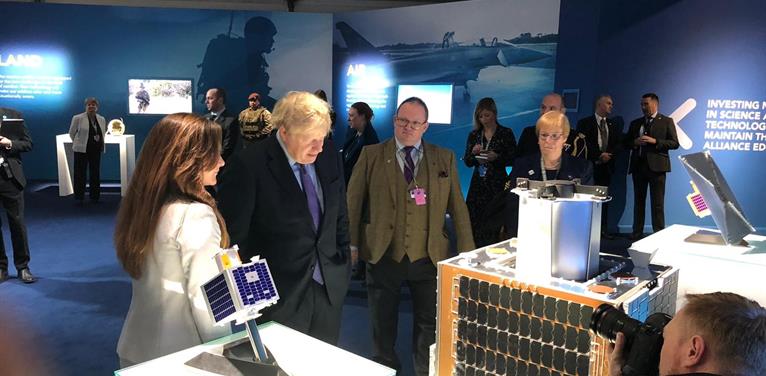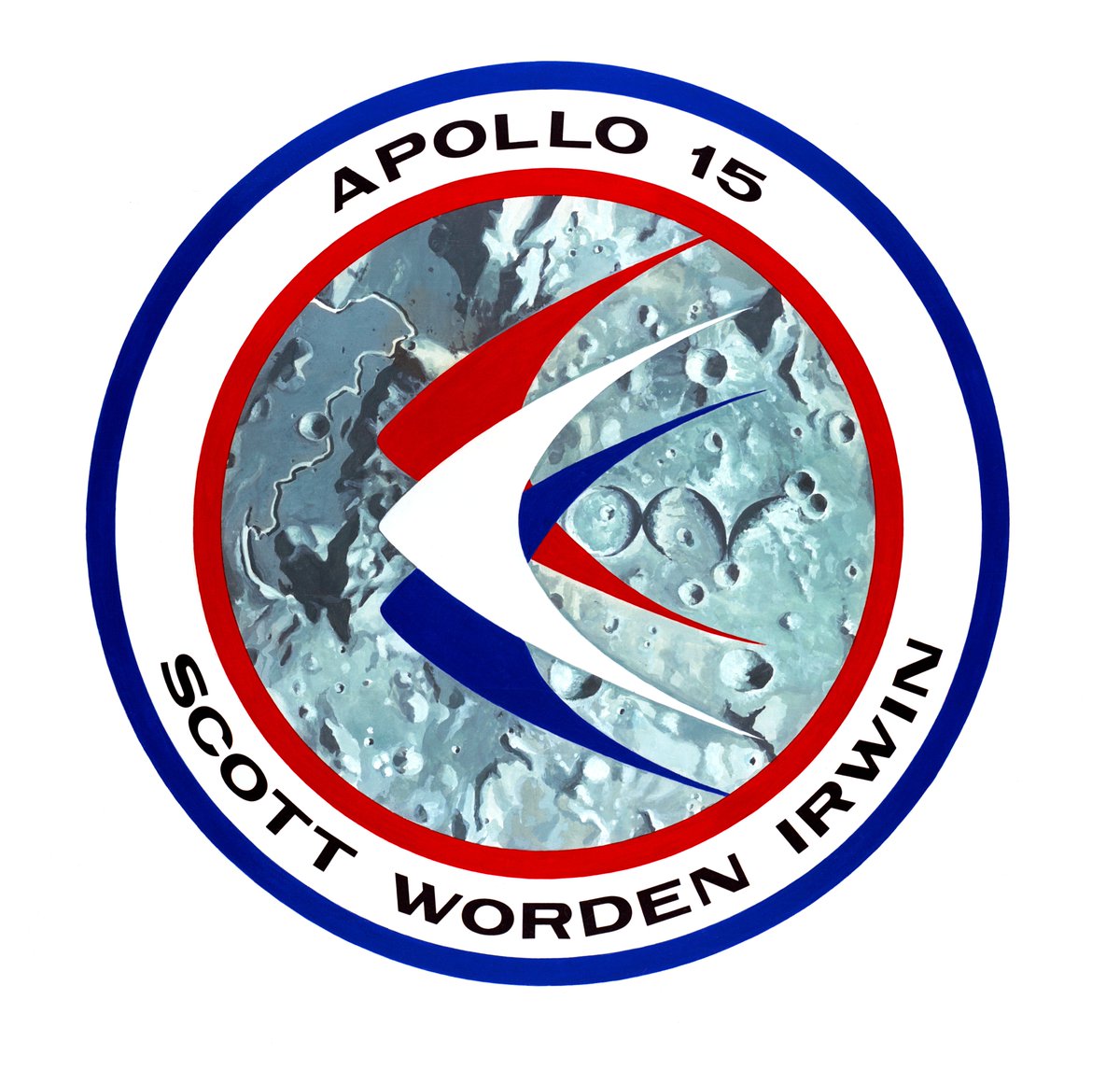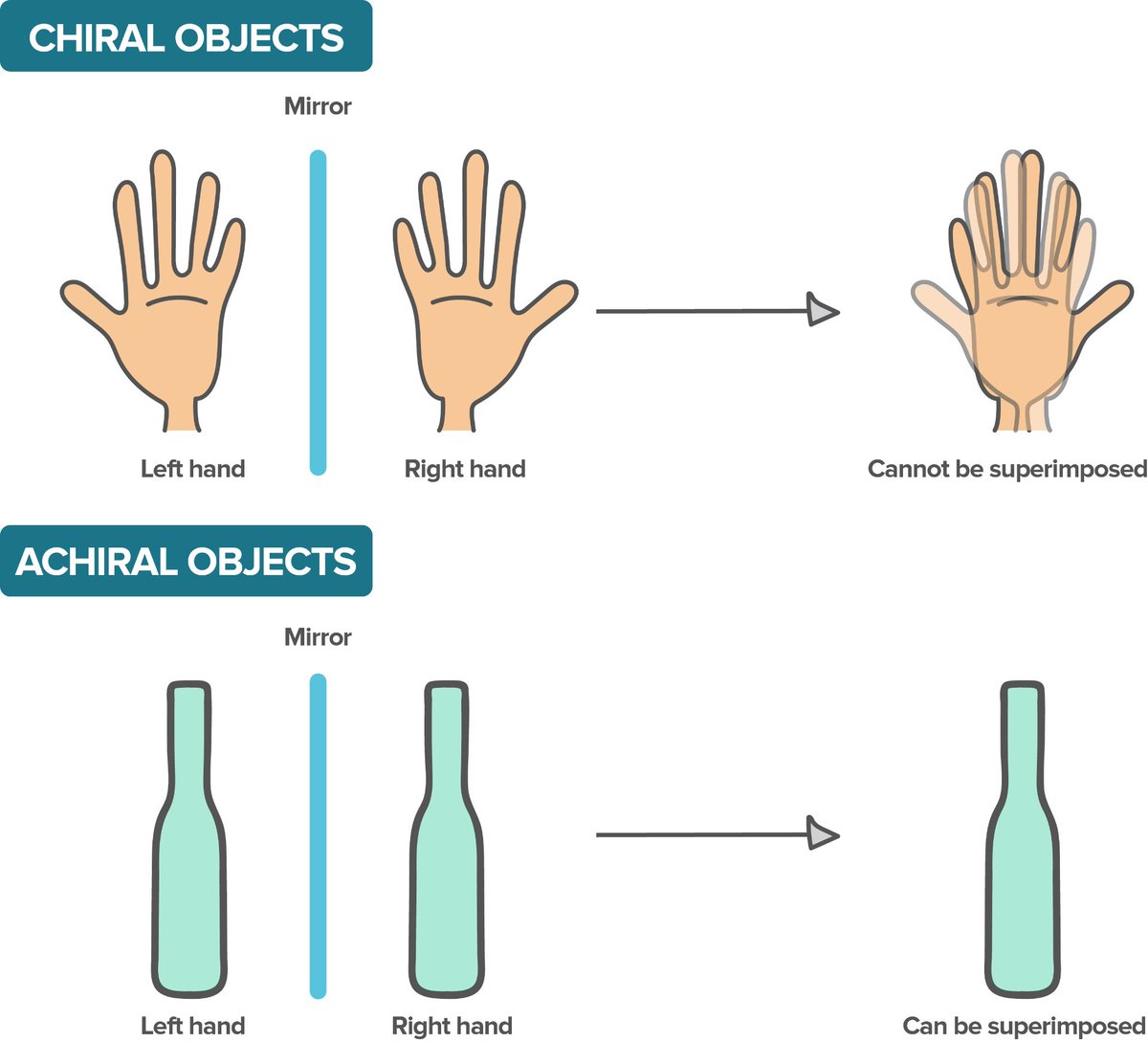Little personal announcement: After 4 years, today is actually my last day at SSTL and I will soon be heading to @UniofOxford (@OxfordPhysics) to start a DPhil (PhD) in Astrophysics! Specifically I'll be working on the HARMONI spectrograph for the Extremely Large Telescope @ESO! 

Have had a phenomenal time designing and building optical payloads at SSTL (@BorisJohnson checking out the handiwork below). But having been considering a PhD for about 7 years, I decided now was the time to make the leap. 

Calling all #ELT people, astronomers and instrumentation scientists alike, feel free to connect with me @DavidJonGooding
• • •
Missing some Tweet in this thread? You can try to
force a refresh













